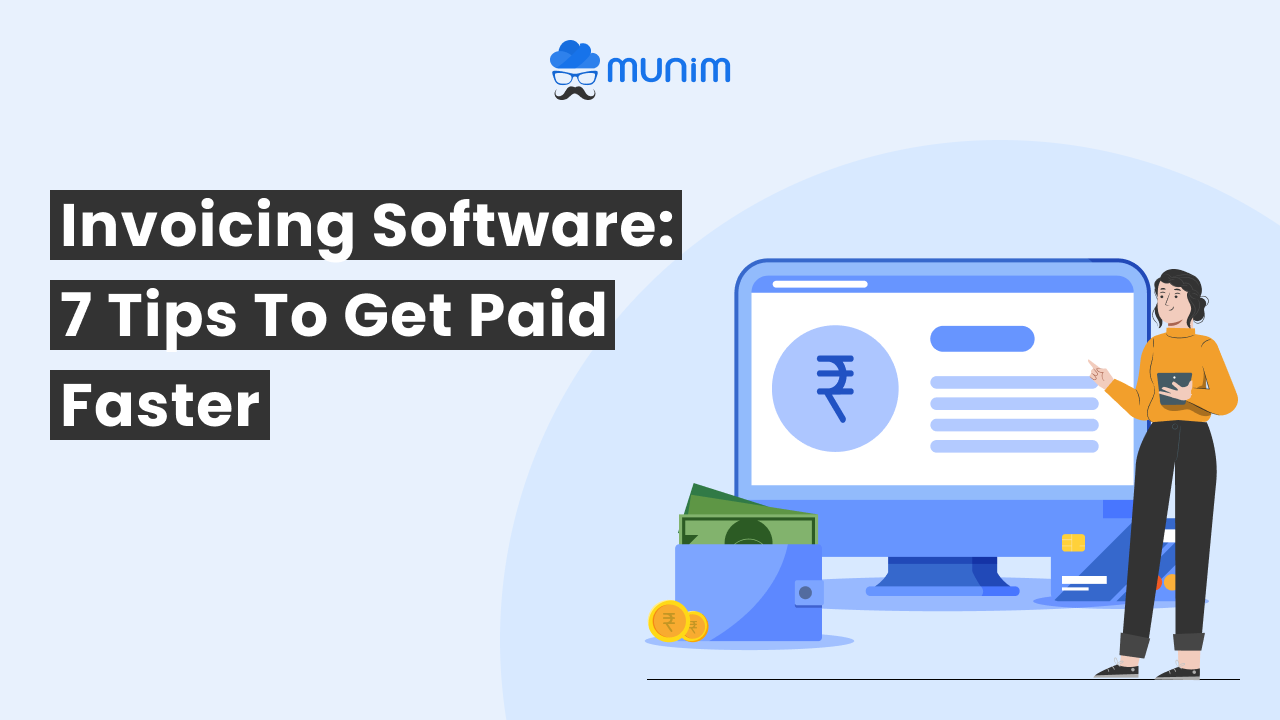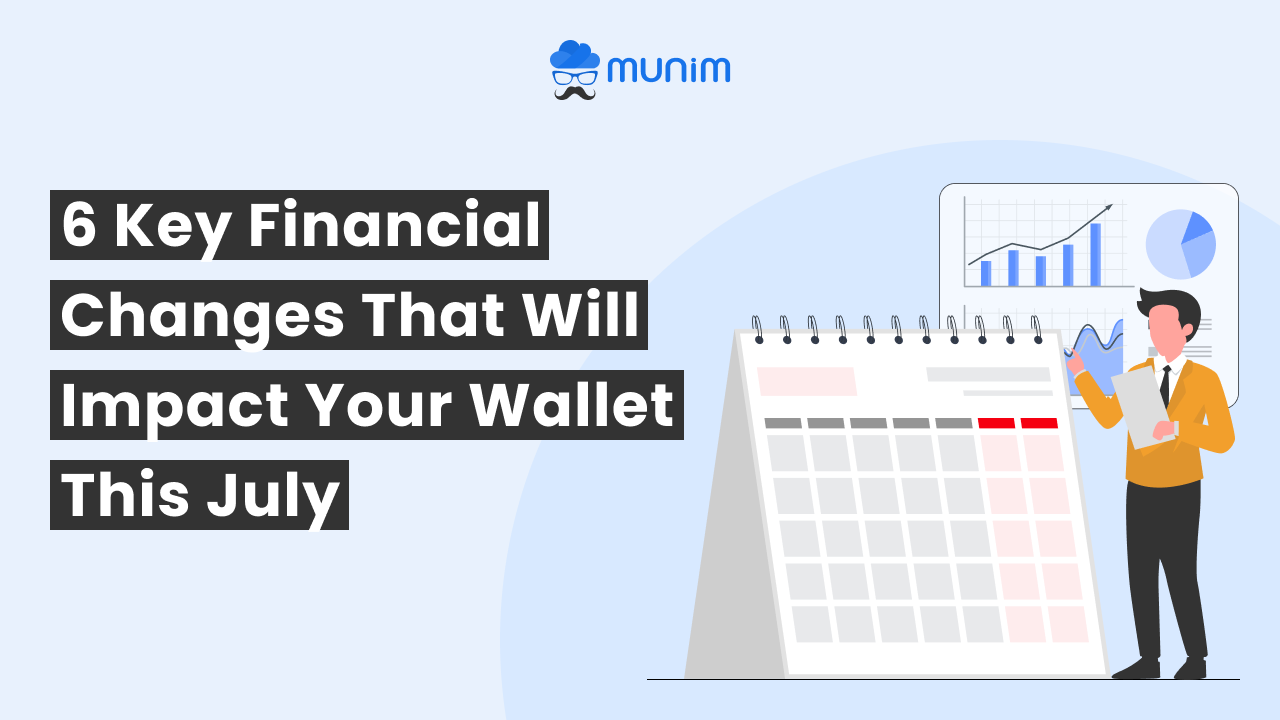A Comprehensive Guide to Exchange 2000 Rupee Notes in the Bank

Reserve Bank of India (RBI) introduced the 2000 rupee note in November 2016 as a part of the demonetization exercise. The Indian government announced the demonetization of the existing 500 and 1000 rupee notes on November 8, 2016, to curb corruption, black money, and counterfeiting. Simultaneously, the RBI introduced new currency notes, including the 2000 rupee note; to replace the demonetized ones. The 2000 rupee note is the highest denomination in circulation in India.
On 19th May 2023, The Reserve Bank of India announced that it was going to withdraw India’s denomination currency i.e. 2000. The central bank of India has advised the public to follow the note exchange policy and deposit Rs 2000 denomination banknotes or swap them with other Indian rupee banknotes of other denominations at any branch by the 30th of September 2023. Also, the 2000 Rs currency will remain legal tender even post the stipulated deadline in September. RBI stated that Indian citizens can exchange notes or deposit these notes at local or regional banks until September 30, 2023. This exchange notes facility is available at 19 regional offices (ROs) of RBI.
Why RBI Plans to Withdraw 2000 Rs Notes?
RBI issued the majority of the 2000 rupee notes before March 2017 and are now at the end of their estimated lifespan of 4-5 years. Also, this denomination is no longer a common mode of transaction, and in addition to this, there is sufficient stock of other denomination Indian rupee banknotes to meet the currency requirements.
RBI recently said, “We have decided to withdraw 2000 rupee notes in implementation of RBI’s Clean Note Policy.”
What is a Clean Note Policy?
The Clean Note Policy refers to a note exchange policy that delivers good quality currency notes and coins to the citizens with enhanced security features, while soiled notes get withdrawn out of circulation. Earlier, the central bank decided to withdraw Indian rupee banknotes issued before 2005 from circulation due to fewer security features compared to the banknotes printed after 2005. However, the currency issued before 2005 continues to be legal tender. These notes have only been withdrawn from circulation with the standard international policy of not circulating notes with multiple series at the same time.
Let’s quickly scroll through the guide to exchange 2000 rupee notes in banks
A Comprehensive Guide to Exchange 2000 Rupee Notes in the Bank
- Reach out to the Nearest Bank
To deposit or exchange 2000 rupee notes, you can reach the nearest branch of any bank from 23rd May 2023. If you have registered your account with this bank or branch, provide your account details to the banking officials and streamline the deposition or exchange notes procedure.
- Fill the Request Slip
Confirm the process and fill in the request slip to facilitate the 2000 rupee notes exchange process.
Here are the details to be filled in the request slip:
- Tenderer Name: Fill in the tenderer’s name in Capital Letters.
- Unique Identification Number: Fill in the unique identification number of the accepted ID proof. Make sure you write the UI number of the ID original which you will be presenting at the time of exchange. Please note, that unique Identification numbers of only 6 IDs like Aadhaar card, driving license, voter ID card, passport, NREGA card, and population register.
- Once the identification details are filled in, enter the details of Rs 2000 that you want to submit for exchange.
- These details include:
- Denomination: Enter 2000 in this section.
- No of Pieces: Here you need to specify the number of 2000 rupee notes you will be submitting to the bank for exchange.
- Value: Calculate the amount the currency accounts for. The maximum limit to exchange is 20,000 at a time. Write the total value of the currency you are exchanging.
- These details include:
- Once you have filled all the details of the exchange you need to proceed towards signing the form.
- Submit the Form
Once you have signed and filled in all the details, you must submit the form with the 2000 rupee notes. For deposit, people can deposit 2000 rupee notes without any restrictions subjected to compliance with know your customer (KYC) norms and other valid statutory requirements.
Let’s Exchange Notes!
Hopefully, this guide has navigated you through the complete process of a 2000 rupee note deposit and exchange. If you have any queries, shoot them in the comment section below. We will surely try to answer them. Stay tuned with us for more blog updates.
About the Munim:
The Munim is a one-stop shop for all your accounting needs. It offers a wide array of features ranging from accounting, e-invoicing, e-way billing, bookkeeping, and inventory management, and also helps to stay compliant with the GST norms. If you are looking for world-class software to streamline your business accounts, Munim should be your 1st choice. Hurry up! Register your business now!
Things You Need to Know Before You Plan to Exchange 2000 Rupee Notes!
When can people start exchanging currency?
The RBI stated that people could approach banks and branches to deposit or exchange their 2000 rupee notes from 23rd May 2023. Also, the last date to process this exchange will be the 30th of September, 2023.
What are the Charges Applicable for Exchange?
The exchange note facility is available free of cost to all Indian citizens.
Exchange Facility for Non-Account Holders?
RBI has stated that non-account holders can exchange the currency up to 20000/- rupees at any nearby branch or bank.
How does the Rs 2,000 note fall under the Clean Note Policy?
Introduced in November 2016, RBI had already stopped printing these 2000 rupee notes by 2018-19. This was for less than three years after the introduction of the currency. The circulation value is nearly halved for 2000 rupee notes. As of March 31, 2023, the amount has dropped from Rs 6.73 trillion in 2018 to Rs 3.62 trillion. The ample supply of other denominations meets the currency requirements of the country. 2000 rupee notes aren’t used commonly for daily transactions, though were introduced to rapidly exchange cash during demonetization. Thus they fall under the clean note policy.





